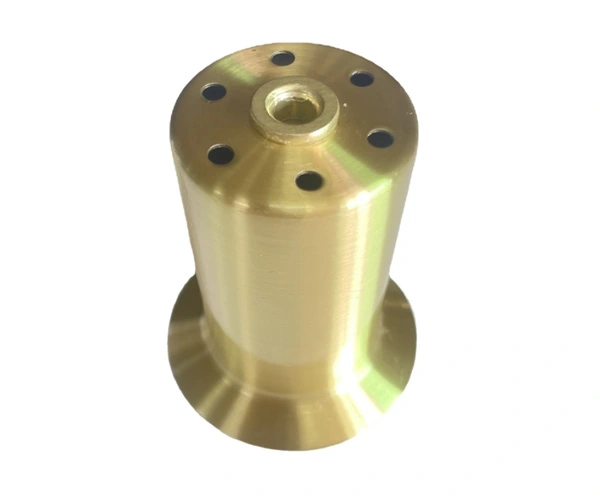

Thickness: 0.02 inch
Tolerance: ±0.02 inch
Manufacturing process: deep drawing
Surface treatment: powder coating /painting /anodization /sandblasting /zinc coating etc available
Aluminum deep drawing, shell deep drawing, housing deep drawing, stainless steel deep drawing, brass deep drawing
Sheet metal deep drawing depth refers to the maximum deformation that a sheet metal material can withstand during the stretching process.
1. What is Sheet Metal Stretch Depth
Sheet metal deep drawing depth refers to the maximum deformation that the sheet metal material can withstand during the stretching process during sheet metal processing. This deformation is determined by the physical properties and processing conditions of the material.
2. Factors affecting the stretching depth of sheet metal
(1) Material hardness and toughness
The hardness and toughness of materials are important factors determining the depth of sheet metal stretching. The higher the hardness, the stronger the material's ability to resist deformation, and the corresponding decrease in tensile depth. And toughness will make the material easier to stretch, thereby increasing the depth of stretching.
(2) Processing method
The processing method is also an important factor affecting the depth of sheet metal stretching. Generally speaking, the stretching depth of sheet metal is also influenced by its material, thickness, shape, and other nearby materials, all of which will affect the specific direction of large-scale sheet metal processing.
(3) Mold
The shape of the mold used to manufacture sheet metal can also affect the deep drawing depth. If the mold shape is too complex or the set pressure is too high, the material will deform during the processing, resulting in a decrease in the stretching depth.
3. How to conduct tensile testing and calculation
(1) Tensile testing
When conducting a tensile test, it is necessary to place the sheet metal sample into a tensile testing machine and apply varying degrees of force for stretching. Based on the obtained load displacement curve, the tensile performance parameters of the material can be calculated, including tensile strength, yield strength, and elongation.
(2) Tensile calculation
The amount of deformation that occurs during sheet metal stretching can be predicted through calculation. Generally speaking, three-dimensional finite element analysis software is used to simulate the stretching process and predict the deformation and stress situation of materials.
4. Summary
The deep drawing depth of sheet metal is an important parameter in sheet metal processing, which is influenced by various factors such as material hardness, toughness, processing method, and mold. Conducting tensile tests and calculations can help accurately determine the tensile properties of materials and optimize sheet metal processing.
